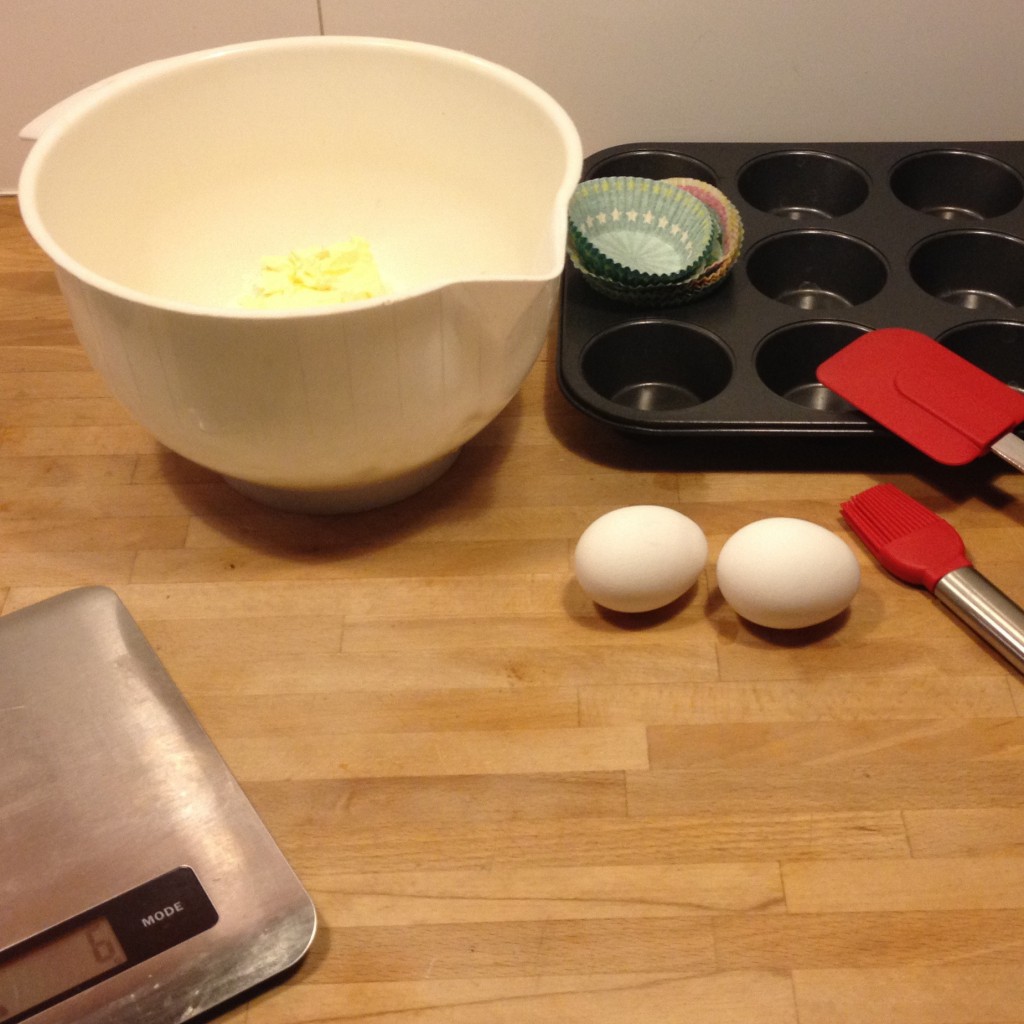HOW TO MEASURE VALUE? – PART 3
April 27, 2016
 In Part 1 and Part 2 I have given you two techniques that you can use as Product Owner to determine the highest value in your Product Backlog together with your stakeholders. For this blog I would like to tell you about: Theme Screening
In Part 1 and Part 2 I have given you two techniques that you can use as Product Owner to determine the highest value in your Product Backlog together with your stakeholders. For this blog I would like to tell you about: Theme Screening
The last time I told you about Theme Scoring; this is fine for doing a single backlog ranking. To use it, pick a base theme every time you start scoring the list of themes you have.
Theme Screening is similar to Theme Scoring.
You have a list of Criteria:
| Profit in the next half year |
| Important for current customers |
| Base material cost |
| Recipe complexity |
And you have a list of themes:
| 1 | Cinnamon Apple Cupcake |
| 2 | Liquorice Mint Cupcake |
| 3 | Green Tea, Honey Cupcake |
| 4 | Pecan Salty Caramel Cupcake |
| 5 | Lemon White Chocolate Cupcake |
Yet in Theme Screening you do not pick a base theme. This time you pick a theme where you think the Criteria is best/easiest to determine. For instance, you pick Cinnamon Apple for the Criterium “Important for current customers” because in your survey under the current clientele you have found a demand for Cinnamon Apple Cupcakes.
You pick Pecan Salty Caramel Cupcake as base theme for the “Profit in the next half year” because this flavour combination has turned out to be very popular with the younger upcoming generation based on your market research and tests you have performed on large cupcake conferences.
Base material costs are good with Cinnamon apple and Recipe Complexity is easily determined with the Lemon White Chocolate Cupcake.
Instead of Scoring the themes Better, Equal and Worse you add an extra level. You score the Criteria using the following table:
| 1 | Much worse than the reference |
| 2 | Worse than the reference |
| 3 | Equal |
| 4 | Better than the reference |
| 5 | Much better than the reference |
For every theme you determine the score it gets compared to the reference.
Next to the Scoring complexity theme screening also normalises the results by adding a weight to the more–>criterium. This allows you to fit your ordering in with company strategy. For instance, the CEO has consulted all Product Owners and has decided that the Base Material Costs need to be reduced. This criterium will be considered more important than the other criteria. Profit is still important, so it will also weigh more and Recipe Complexity is least important as a criterium.
The total of weight is never more than 100%
The matrix looks a bit different:
Cupcake Theme >
|
Criterium
|
Liquorice
|
Green
|
Cinnamon
|
Pecan
|
Lemon
|
|||||
Profit in the next half year |
30% |
1 |
0.30 |
3 |
0.90 |
2 |
0.60 |
3 |
0.90 |
2 |
0.60 |
Important for current customers |
20% |
1 |
0.20 |
3 |
0.60 |
3 |
0.60 |
2 |
0.40 |
3 |
0.60 |
Base material cost |
40% |
3 |
1.20 |
4 |
1.60 |
3 |
1.20 |
2 |
0.80 |
2 |
0.80 |
Recipe complexity |
10% |
4 |
0.40 |
1 |
0.10 |
2 |
0.20 |
2 |
0.20 |
3 |
0.30 |
Result: |
2.10 |
3.20 |
2.60 |
2.30 |
2.30 |
||||||
The ranking can now be done. And as you see, the Green Tea Honey ranks number one this time. The weight of the base materials cost criterium has pushed this theme up. Still you can get dilemmas as you can see with the Pecan Salty Caramel and Lemon White Chocolate cupcakes. They have the same ranking in Base Material cost, yet the Pecan Salty Caramel could reap better profit. The choice to make is up to you as Product Owner. You might want to wait till the team that has to build this theme has estimated the relative size. If one of them is less complex or less effort you could choose to rank that one higher.
New Product Backlog:
| Rank | Theme | Relative Estimate |
| 1 | Green Tea, Honey Cupcake | 5 |
| 2 | Cinnamon Apple Cupcake | 3 |
| 3 | Pecan Salty Caramel Cupcake | 5 |
| 3 | Lemon White Chocolate Cupcake | 8 |
| 4 | Liquorice Mint Cupcake | 5 |
Based on the result we can decide if we are going to drop the theme for the next release or even the whole product.
Compared to Theme Scoring this technique is a bit more complicated. However, you can keep these matrixes around longer since there is no single Base theme and the criterium score can be more relative to the whole list of themes making this technique more holistic than Theme Scoring.
Another advantage to this technique is the weight. If you make this a matrix in which you can manipulate the weight, for instance using Excel or Numbers, you can decide on strategy based on market research, company strategy and stakeholder management.
For this technique there is another tool on Mike Cohn’s site: https://www.mountaingoatsoftware.com/tools/theme-screening#

 English | EN
English | EN 